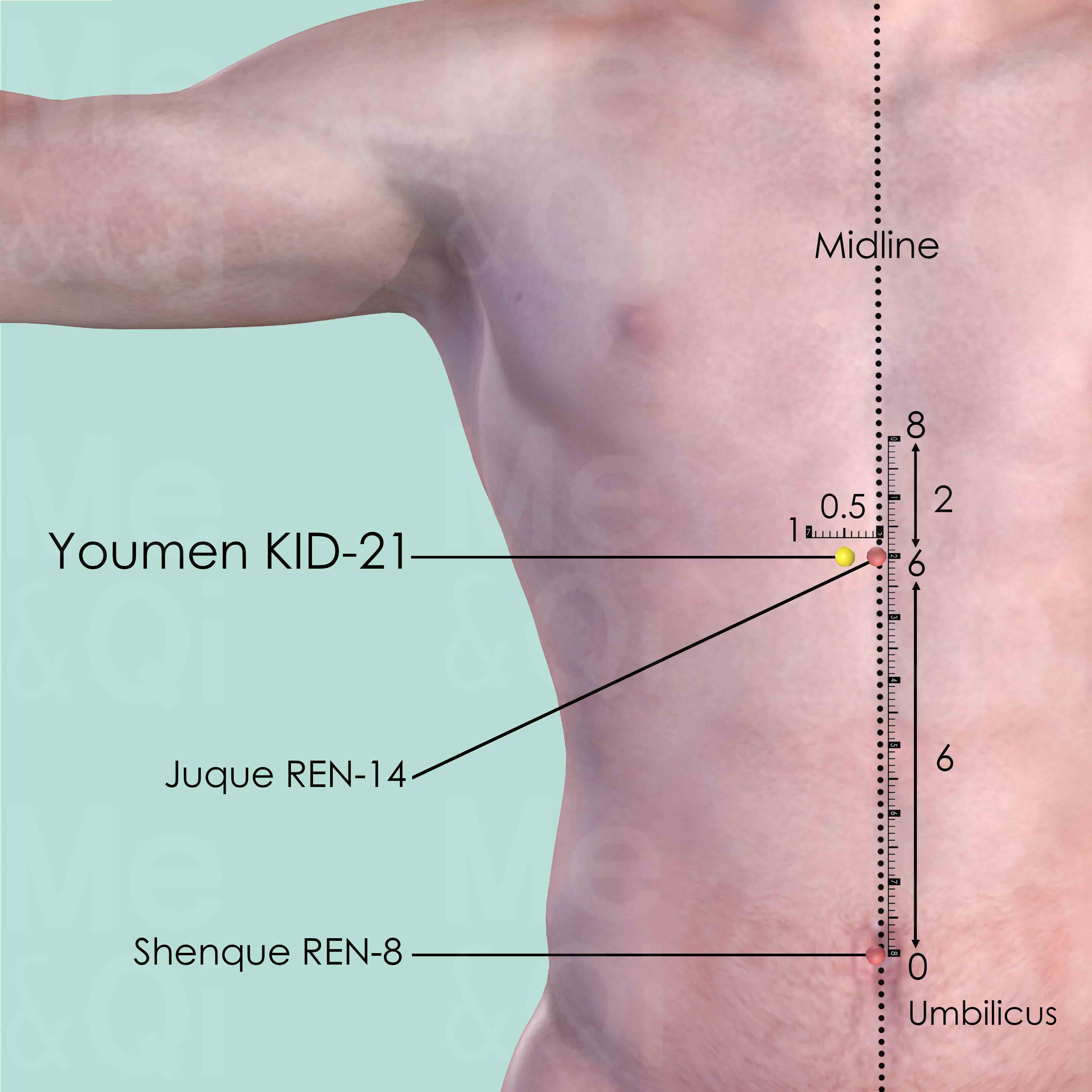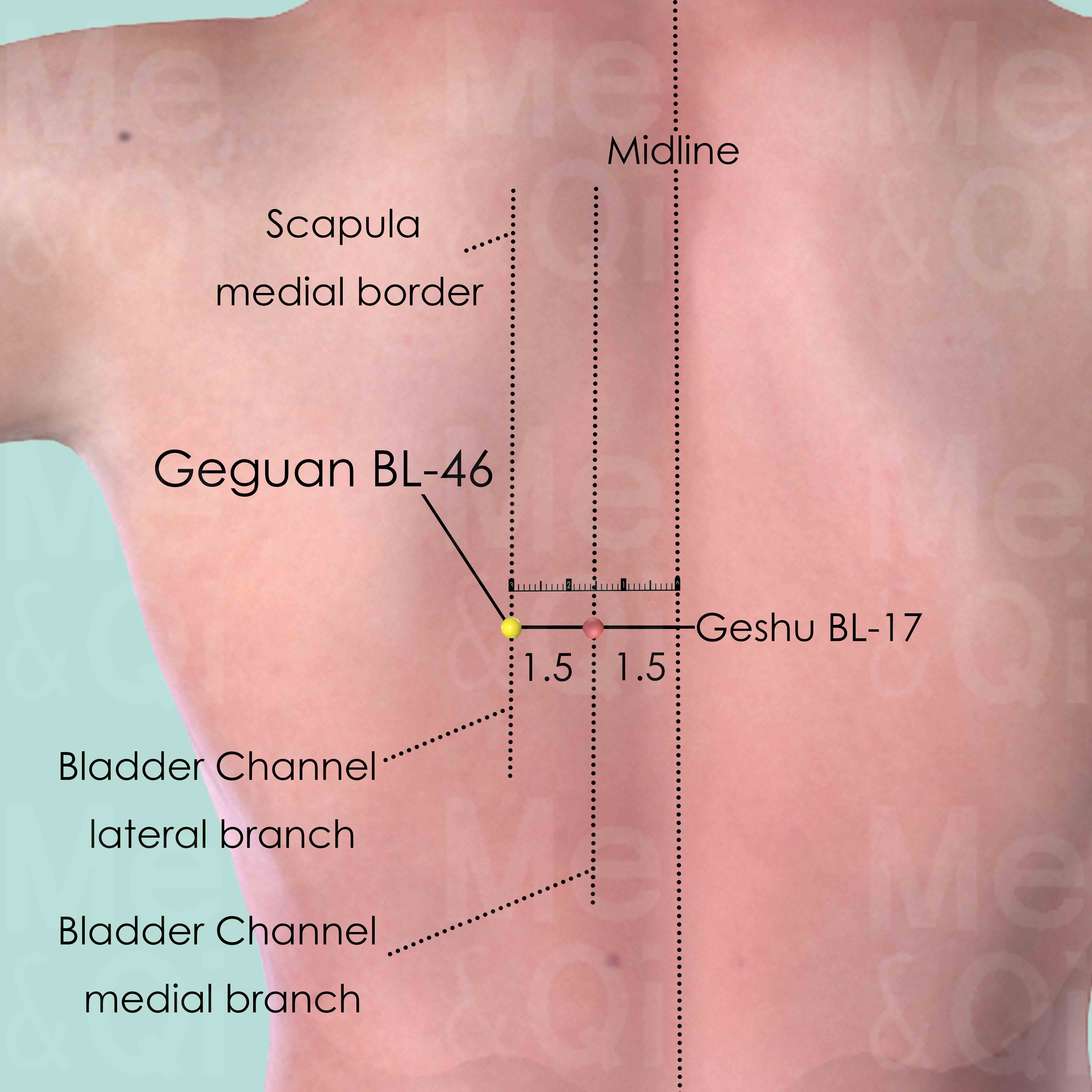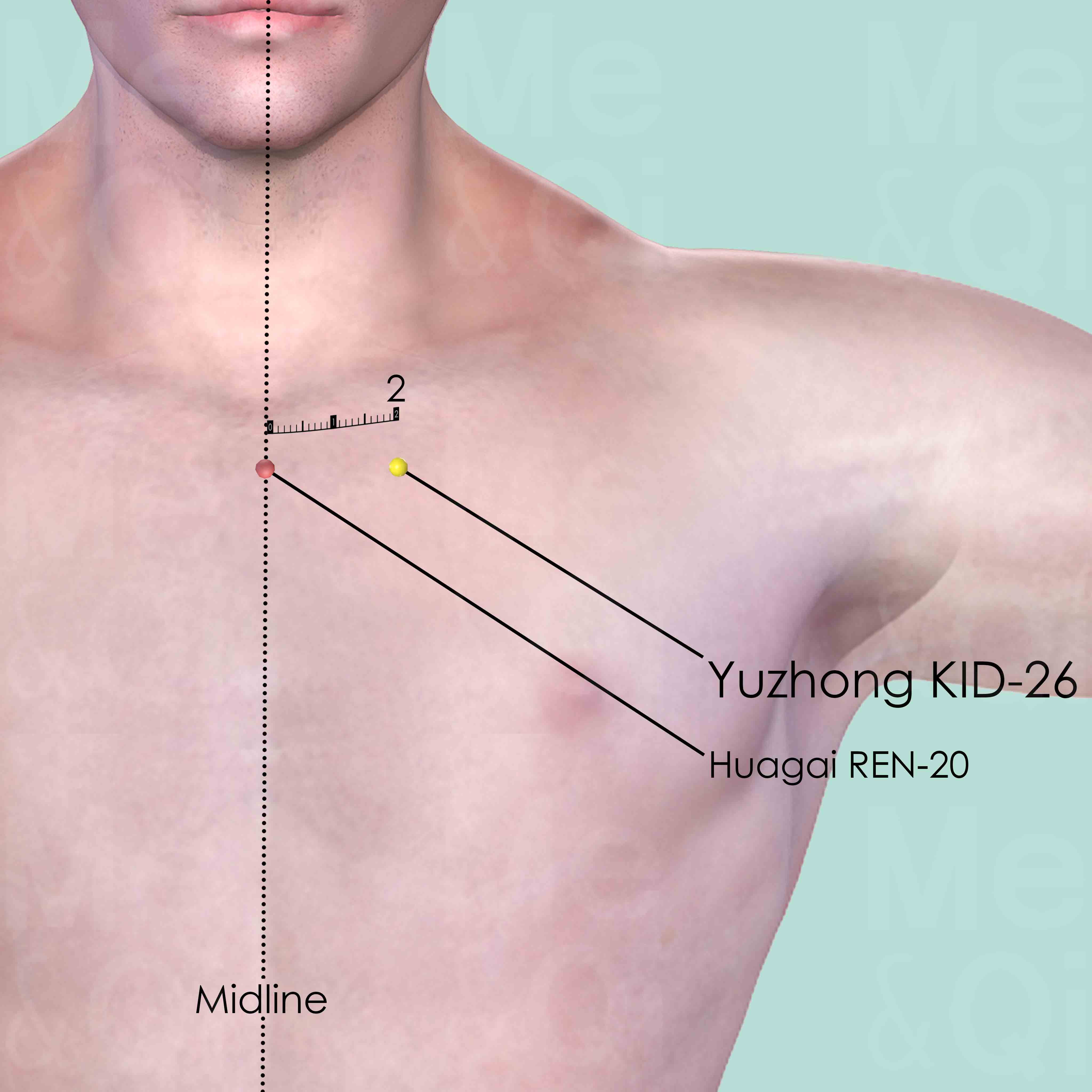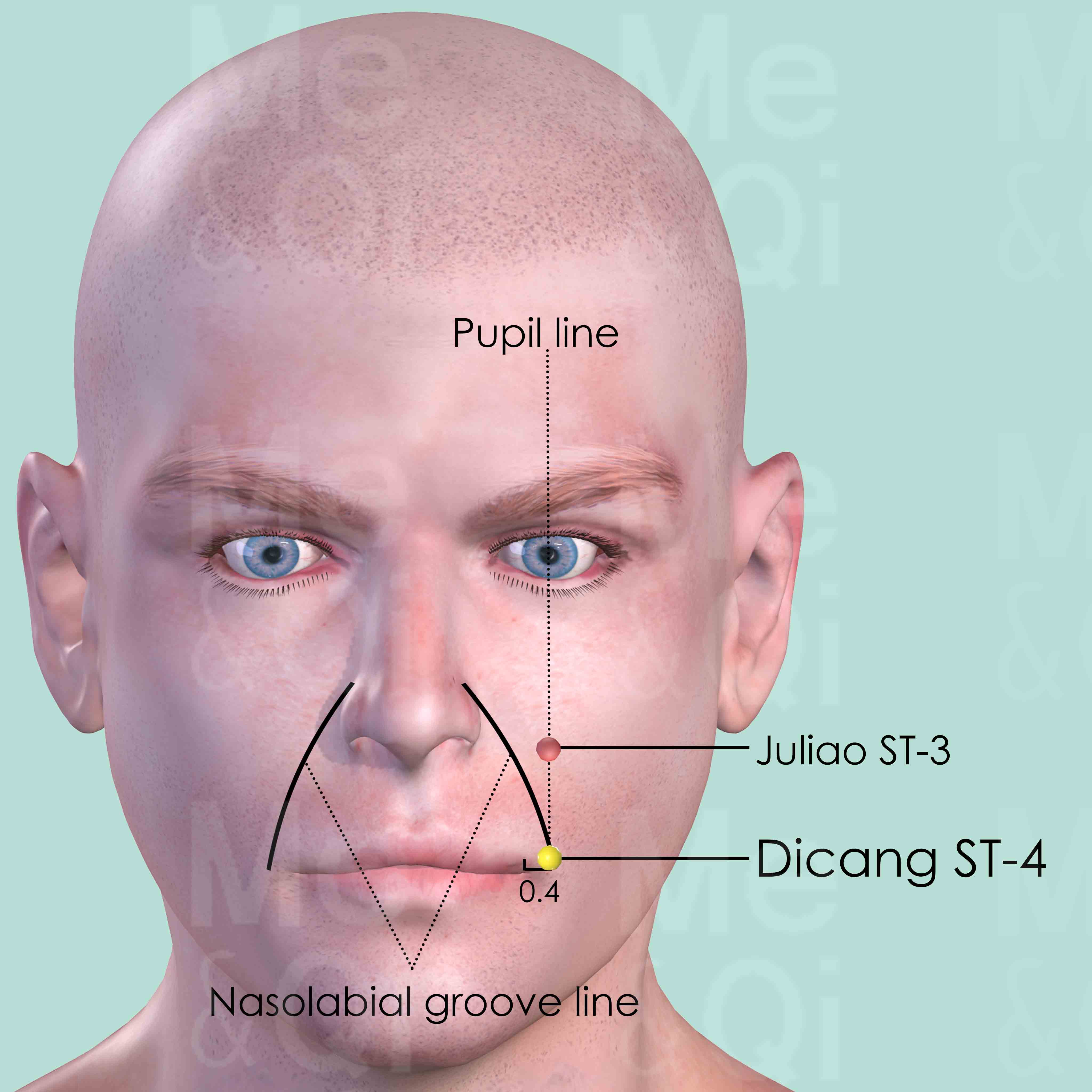Droolingaccording to TCM
Symptom family: Salivary Issues
What is Drooling?
Drooling, medically termed sialorrhea, is the excessive flow of saliva outside the mouth. It's a common issue that can range from a nuisance to a sign of a more serious health condition. Although it's often associated with infancy or sleep, it can also indicate neurological disorders, oral infections, or difficulties in swallowing. Beyond the physical discomfort, drooling can also have social or psychological impacts for those affected.
How Does TCM View Drooling?
Traditional Chinese Medicine (TCM) perceives drooling as an external manifestation of internal imbalance. Rather than focusing solely on the symptom, TCM seeks to understand the 'why' - the unique pattern of disharmony leading to excessive saliva production.
This could be due to a variety of factors, such as Qi deficiency or dampness, and treatment in TCM aims to rectify these imbalances, thus alleviating the symptom of drooling.
Root Causes of Drooling in TCM
In TCM, drooling is often associated with the accumulation of Phlegm, a pathogenic factor that hampers the smooth flow of Qi and Body Fluids within the body. When Phlegm obstructs the sensory orifices, it can lead to an inability to control saliva, resulting in drooling.
Patterns like Turbid Phlegm obstructing the orifices might present with additional symptoms like pale complexion or difficulty breathing. Understanding these patterns allows TCM practitioners to apply treatments that clear Phlegm and restore the proper movement of Qi and bodily fluids.
Explore below more details about what might cause Drooling according to TCM.
- By Syndrome
- Phlegm
Phlegm
In TCM "Phlegm" as a pattern of disharmony is a complex concept that extends beyond the physical manifestation of mucus. It represents a pathological factor that can disrupt the flow of Qi (vital energy) and blood, leading to various health issues. Phlegm in TCM is seen as a sticky, turbid substance arising from the body's inability to metabolize fluids properly, often due to a dysfunction of the spleen. It's not only associated with respiratory problems like cough and congestion but also with systemic issues. Symptoms can include a feeling of heaviness, mental cloudiness, dizziness, and in some cases, the formation of lumps or masses. Phlegm can even be "invisible," contributing to emotional disturbances like depression or stress. ... see more
Phlegm Patterns That Can Lead to Drooling
| Pattern Name | Relevant Symptoms | Relevant Formulas |
|---|---|---|
| Turbid Phlegm Blocks Orifices | Excessive spittle, Coma, Loss of consciousness, Clenching of teeth, Shortness of breath, Pale face, Copious sputum, Drooling... see more | Tong Guan San |
TCM Herbal Formulas for Drooling
To counteract the effects of Phlegm and the resultant drooling, TCM recommends formulas such as Tong Guan San. This blend, often incorporating the transformative properties of Chinese Honeylocust Abnormal Fruits, is crafted to warm the sensory orifices and mobilize Phlegm.
The precise formula would be chosen based on a patient's specific TCM diagnosis, ensuring that the treatment targets the underlying pattern causing the symptom.
Explore below some TCM herbal formulas used to address drooling, organized by cause and by formula type.
- By Cause
- By Formula Type
- Phlegm
- Formulas that warm interior cold
- Formulas that warm and open sensory orifices
Top Formula for Phlegm:
Tong Guan San
Suitable for Phlegm patterns that may cause drooling, such as Turbid Phlegm Blocks Orifices
Learn moreFormulas that warm and open sensory orifices
These formulas are suitable for some drooling-causing patterns like Turbid Phlegm Blocks Orifices.
One such formula is Tong Guan San, with chinese honeylocust abnormal fruit as a key herb.
Formulas that warm Interior Cold
Drooling can be treated by these formulas when it is caused by an internal cold condition, needing treatments that warm the body's interior.
One such formula is Gan Cao Gan Jiang Tang, with dried ginger as a key herb.
Acupoints for Drooling
TCM also employs acupuncture to manage drooling. Points such as Yuzhong KID-26 and Youmen KID-21 on the Kidney Channel can help subdue rebellious Qi and open the chest, which in turn can reduce drooling. Additionally, points like Dicang ST-4 on the Stomach Channel are used to expel Wind and clear channel obstructions, potentially alleviating drooling.
Geguan BL-46 on the Bladder Channel can regulate Qi in the diaphragm and stomach, further helping to control saliva production. These targeted acupoint selections are part of a holistic TCM strategy to restore internal balance and alleviate symptoms.
Explore below some acupoints used to address drooling, organized by meridian.
- By Meridian
- Kidney Channel
- Stomach Channel
- Bladder Channel

Youmen KID-21
6 cun above the umbilicus and 2 cun below the sternocostal angle, 0.5 cun lateral to the anterior midline.

Geguan BL-46
3 cun (about 4 finger-breadths) lateral to the lower border of the spinous process of the 7th thoracic vertebra (T7).


